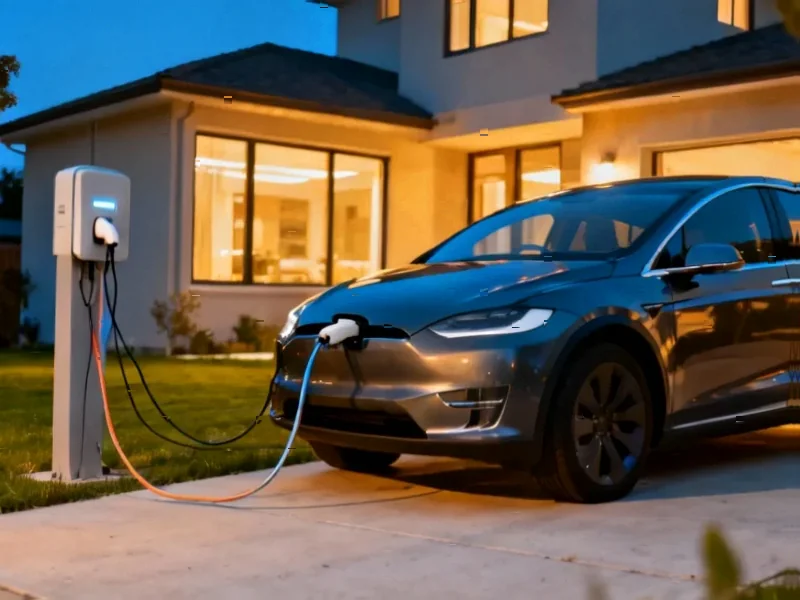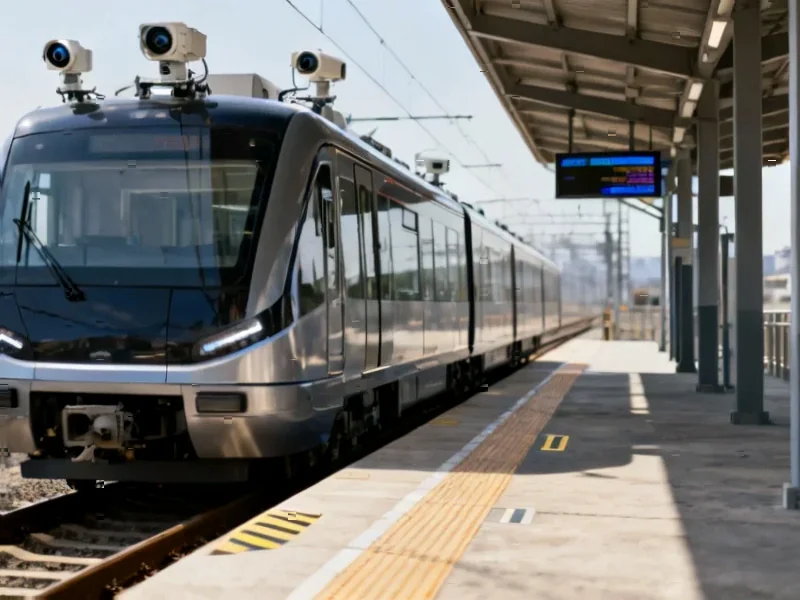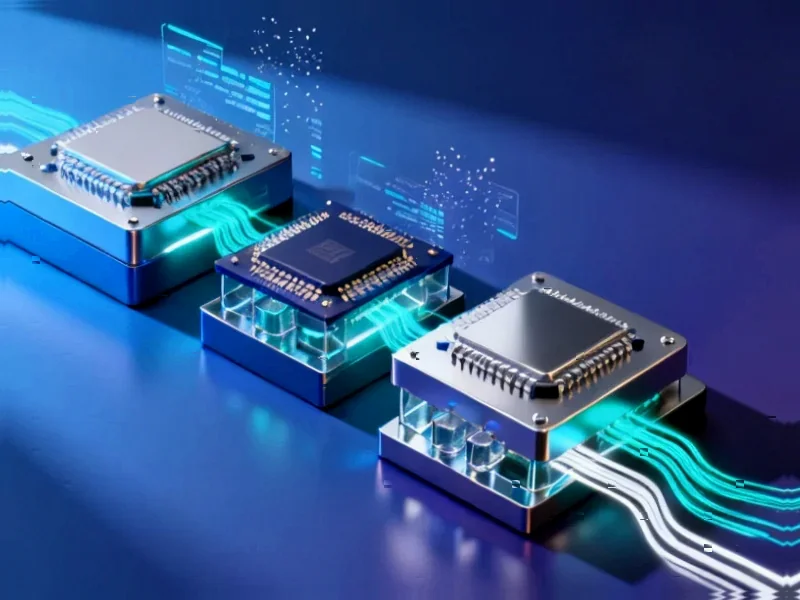According to Silicon Republic, ESB Networks will invest €6.5 million into its National Training Centre in Portlaoise to support the onboarding of 156 new electrical apprentices, with plans to hire an additional 120 qualified electricians in early 2026. The investment supports the company’s €13.4 billion capital investment program over the next five years, which aims to deliver a net-zero ready electricity network by 2040. Minister for Further and Higher Education James Lawless visited the facility on October 30, emphasizing that this aligns with Ireland’s skills strategy and over €410 million committed to apprenticeship delivery from 2026. This strategic workforce development comes as Ireland faces unprecedented demands on its electrical infrastructure.
Table of Contents
The Looming Workforce Crisis in Energy Transition
What makes this investment particularly urgent is the timing. Across Europe, energy providers are facing a perfect storm of aging workforce retirements and unprecedented demand for electrical infrastructure upgrades. The ESB Group isn’t just expanding its workforce—it’s racing against demographic trends that could severely hamper Ireland’s climate ambitions. Traditional electrical trades have seen declining interest among younger generations, creating a gap that threatens to become a chasm as experienced workers retire. Without this aggressive apprenticeship push, Ireland’s €13.4 billion infrastructure program could face significant implementation delays despite available funding.
Beyond Climate: Economic and Housing Implications
The €6.5 million investment represents a strategic recognition that electrical capacity underpins multiple national priorities beyond climate goals. Ireland’s housing crisis, economic growth ambitions, and industrial development all depend on reliable, modern electrical infrastructure. The mention of enabling housing in ESB’s statement is particularly telling—new residential developments require substantial electrical upgrades, from EV charging infrastructure to smart grid connections. This euro-denominated investment in Portlaoise training facilities addresses a bottleneck that could otherwise constrain multiple sectors of the Irish economy simultaneously.
The Implementation Challenges Ahead
While the numbers sound impressive, the real test will be in execution. Training 156 apprentices requires not just facilities but experienced trainers—who themselves are in short supply. The transition from traditional grid management to smart grid technologies means these apprentices need fundamentally different skills than their predecessors. They’ll be working with digital monitoring systems, renewable energy integration technologies, and advanced grid management tools that didn’t exist a decade ago. The partnership with South East Technological University mentioned in the source material is a step in the right direction, but bridging the gap between academic knowledge and practical grid operations remains challenging.
Ireland’s Position in Global Energy Transition
Ireland’s aggressive push toward carbon neutrality by 2040 places it ahead of many European counterparts in timeline but creates corresponding workforce pressures. Other countries are facing similar challenges, but Ireland’s island status and relatively concentrated population create both advantages and disadvantages. The concentrated investment in Portlaoise makes logistical sense for training efficiency, but raises questions about geographic accessibility for potential apprentices across the country. As other nations observe Ireland’s approach, this apprenticeship model could become a template—or a cautionary tale—for workforce development in the global energy transition.
The Long-Term Workforce Sustainability Question
Perhaps the most critical question this investment raises is whether it represents a one-time surge or the beginning of sustained workforce development. The electrical grid’s evolution isn’t a project with an end date—it’s an ongoing transformation that will require continuous skill upgrades and workforce replenishment. The mention of additional electrician hires in 2026 suggests some forward planning, but the real test will be whether ESB Networks can establish a self-sustaining talent pipeline that adapts to technologies we haven’t even envisioned yet. The success of this €6.5 million investment won’t be measured in 2026, but in whether Ireland still has a robust electrical workforce in 2040 when its net-zero target arrives.
Related Articles You May Find Interesting
- Microsoft Bob’s Awkward Legacy: From Failure to Foundation
- European Deeptech’s €15B Breakthrough Year Shatters Investment Myths
- Apple’s Silent Security Revolution Faces Critical Delay
- IBM’s “Older Startup” Transformation: From Mainframes to AI Dominance
- Bazzite’s Fall Update Signals Linux’s Handheld Gaming Revolution



